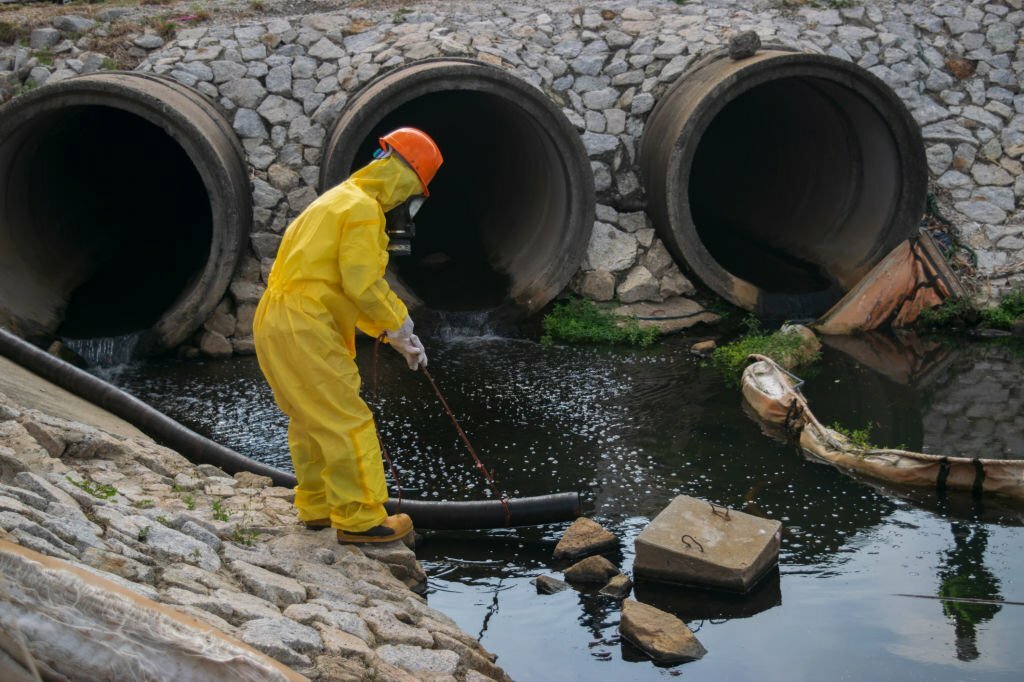Septic systems are vital components of residential and commercial properties, responsible for managing wastewater safely and efficiently. However, ensuring their proper function requires diligent oversight and maintenance.
Septic inspection services play a crucial role in this regard, serving as the frontline defense against environmental contamination and health hazards. By thoroughly assessing septic systems for potential issues and compliance with regulatory standards, these services help safeguard groundwater quality, prevent pollution, and uphold environmental health.
In this article, we delve into the pivotal role of septic inspection services in ensuring environmental compliance and safety, shedding light on their significance and procedures.
Understanding Environmental Regulations
In the realm of septic systems, adherence to environmental regulations is paramount to prevent adverse effects on ecosystems and public health.
Overview of Regulatory Framework
Septic inspection services design, installation, and maintenance guidelines are set by several regulatory bodies, such as the Environmental Protection Agency (EPA) and state-level environmental departments. By minimizing their influence on the environment, these regulations seek to ensure appropriate wastewater treatment. To prevent legal ramifications and save natural resources, regulatory requirements must be followed.
Impact on Environmental Health
Septic system failures pose significant risks to environmental health. Untreated wastewater from malfunctioning systems seeps into groundwater, contaminating drinking water sources and aquatic habitats. Moreover, surface water pollution may occur, threatening aquatic ecosystems and recreational areas.
Ecosystem degradation, including the depletion of beneficial microorganisms, further disrupts ecological balance. Understanding these impacts underscores the urgency of maintaining septic systems per environmental regulations.
The Role of Septic Inspections
Septic inspections serve as proactive measures to uphold the integrity of septic systems and mitigate environmental risks.
Preventive Maintenance
Regular septic inspections are instrumental in identifying potential issues early on, preventing minor problems from evolving into major environmental hazards. By conducting thorough assessments of key components such as tanks, pipes, and drain fields, inspectors detect signs of deterioration, leaks, or blockages.
Timely intervention based on inspection findings allows for prompt repairs or maintenance, thereby extending the lifespan of the septic system and minimizing the likelihood of environmental contamination.
Compliance Verification
Verifying compliance with regulatory requirements and environmental standards mostly depends on septic inspections. Inspectors evaluate the septic system’s numerous components to make sure it satisfies the requirements set forth by state and local authorities.
This includes evaluating system design, installation, and operation in alignment with established guidelines. By confirming adherence to regulatory mandates, inspections help uphold environmental stewardship and public health standards.
Additionally, compliance verification instills confidence in property owners and regulatory agencies, fostering transparency and accountability in septic system management practices. Overall, the role of septic inspections extends beyond routine maintenance—it serves as a cornerstone of environmental protection and regulatory compliance in wastewater management.
Comprehensive Inspection Procedures
Ensuring the effectiveness and environmental soundness of septic systems requires thorough inspection procedures.
Visual Assessment
The first stage in assessing a septic system’s condition is visual inspection. The septic tank, distribution lines, and absorption field are among the important parts that inspectors carefully check for obvious indications of wear and tear or malfunction.
This entails evaluating the tank’s structural soundness, looking for leaks or seepage, and keeping an eye on the condition of the nearby flora. Visual signals like standing water, strong smells, or dense plants point to possible problems that need more research. Inspectors spot early warning indicators and take care of developing issues before they get worse by closely observing.
Testing and Sampling
Beyond visual assessment, comprehensive septic inspections often involve testing and sampling to gauge system performance and environmental impact. Soil testing helps determine soil permeability and suitability for wastewater absorption, ensuring proper drainage and preventing groundwater contamination.
Water sampling involves analyzing well water or surface water near the septic system for contaminants, providing insights into potential pollution risks. Effluent analysis assesses the quality of wastewater leaving the septic system, identifying pollutants and assessing treatment efficiency.
These testing and sampling methods provide valuable data to assess environmental compliance and guide corrective measures for optimal septic system function.
Professional Expertise and Qualifications
Certified inspectors bring assurance of thorough assessments and adherence to standards. Their expertise ensures accurate evaluations and compliance with regulations. Experience and ongoing training are pivotal, keeping inspectors abreast of evolving regulations and advanced inspection techniques, guaranteeing reliable assessments and recommendations for optimal septic system management.
Conclusion
In conclusion, septic inspection services are indispensable for safeguarding environmental health and regulatory compliance. By conducting thorough assessments and adhering to standards, certified inspectors play a vital role in identifying and addressing issues proactively. Investing in professional inspections is essential for preserving the integrity and longevity of septic systems.

